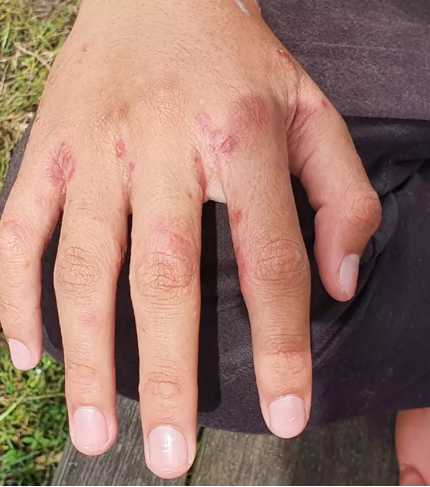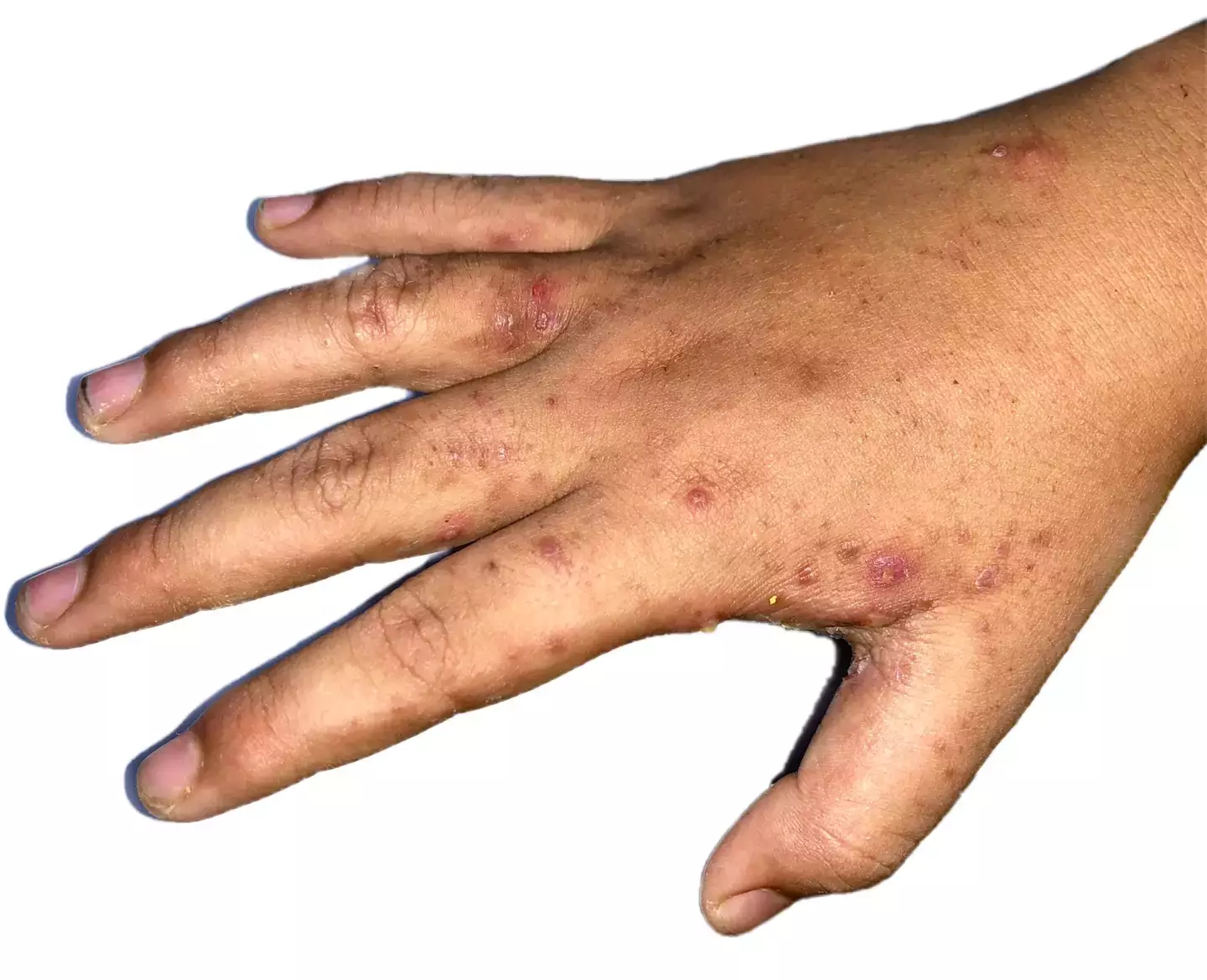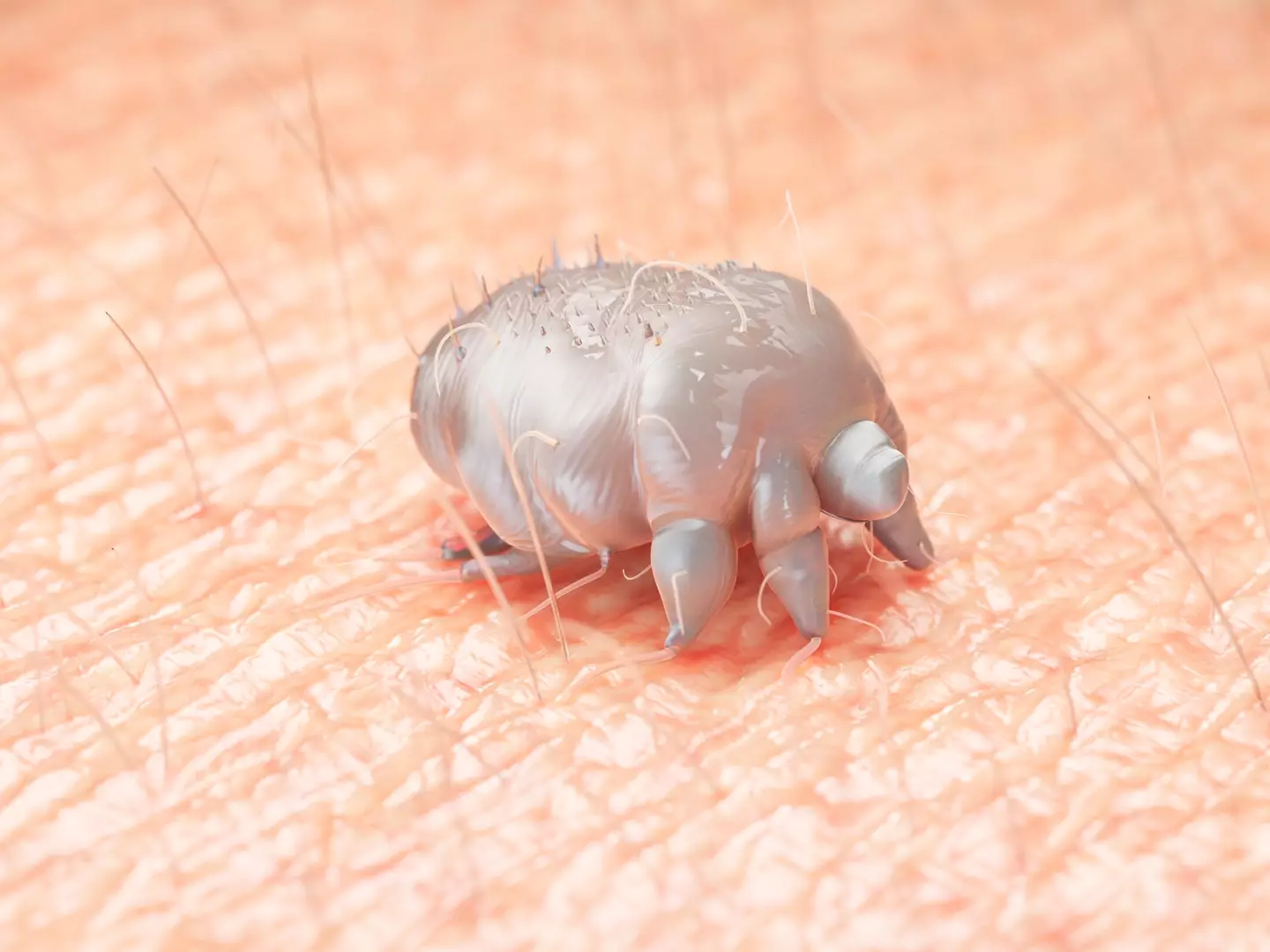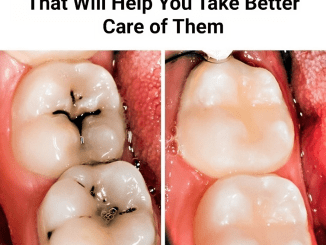Imagine noticing tiny red dots on your skin. Would you think much of it? Most people wouldn’t. But, amid rising cases of scabies in the UK, these dots might be more than just a minor skin irritation. Medical experts warn that these small red marks could be a sign of scabies—an infectious skin disease that’s currently surging across the country. And while scabies isn’t typically serious, it can lead to complications if left untreated.
What is Scabies? Understanding the Skin Infection Causing Concern

Scabies is a contagious skin infection caused by the Sarcoptes scabiei mite, which burrows into the skin, causing severe itching and a rash. The infection is characterized by tiny red dots or raised bumps that often appear as a rash, accompanied by intense itching—especially at night.
- How Scabies Spreads: Scabies spreads through direct skin-to-skin contact. It can also be transmitted by sharing bedding, towels, or clothing with an infected person.
- Symptoms to Watch For: Besides the tiny red dots, you may experience:
- An itchy, pimple-like rash
- Thin, wavy lines on the skin (caused by mites burrowing)
- Sores from scratching, which can lead to secondary infections
- Common Areas of Rash: While the rash can appear anywhere on the body, it’s most common on the hands, wrists, elbows, waistline, armpits, and groin.
Scabies may not sound alarming, but it’s highly infectious, making quick diagnosis and treatment essential to control its spread.
Why Scabies Cases Are Spiking in the UK
The UK is currently experiencing a spike in scabies cases, with reported diagnoses exceeding the five-year average, especially in the north of England. According to Professor Kamila Hawthorne, chairwoman of the Royal College of General Practitioners, the increase in cases has been significant, leading to a nationwide call for vigilance.
- Crowded Living Conditions: One major factor contributing to the rise in scabies is crowded living conditions, which make it easier for the mites to spread from one person to another.
- Increased Social Contact: With the easing of COVID-19 restrictions, people have resumed regular social interactions, which may also be contributing to the uptick in scabies cases.
- Underreporting Due to Stigma: Despite the increase in cases, many people still hesitate to seek treatment for scabies due to social stigma. This can worsen the condition and increase its spread, as untreated scabies continues to be highly contagious.
Who is Most at Risk of Scabies? Understanding Vulnerable Groups
While scabies can affect anyone, certain groups are more susceptible to contracting the infection. Identifying the risk factors can help target prevention efforts more effectively.
- People in Crowded Settings: Those living in crowded environments, such as dormitories, refugee camps, and prisons, face a higher risk of scabies. Close quarters make it easier for mites to spread rapidly among residents.
- Infants, Children, and Young Adults: Young children, students, and those who care for them—like parents, teachers, and childcare workers—are more prone to scabies due to constant close contact with others.
- Elderly in Nursing Homes: Older adults, especially those in long-term care facilities, are at an increased risk. Scabies can spread rapidly in nursing homes due to the close living quarters and frequent skin contact during caregiving.
- Healthcare Workers: Healthcare professionals often come into contact with infected patients, making them vulnerable to contracting scabies, especially during outbreaks.
- Sexually Active Individuals: Intimate contact can transmit scabies mites, making sexually active individuals more susceptible to infection. It’s a less-discussed but valid mode of transmission.
- People with Weakened Immune Systems: Individuals with compromised immune systems are at a higher risk of contracting a more severe form of scabies, known as crusted scabies. This version is highly contagious and causes a crusted, flaky rash, often on the elbows, knees, hands, and feet.
What Makes Tiny Red Dots a Warning Sign?
The tiny red dots that scabies cause may not seem like a big deal, but they shouldn’t be ignored. These spots are actually the body’s reaction to the mites burrowing into the skin. Ignoring this symptom can lead to the rapid spread of mites, both on your body and to others.

- Importance of Early Detection: Catching scabies early can prevent it from spreading further. Treatment during the early stages not only reduces the risk of severe itching and complications but also prevents secondary bacterial infections from developing in scratched areas.
- What to Do if You Notice Symptoms: If you see tiny red dots and experience persistent itching, it’s essential to seek medical advice promptly. A doctor can diagnose scabies by examining the affected skin or taking a small sample for testing.
Treatment and Prevention: How to Tackle Scabies Effectively
The good news is that scabies is treatable, usually with prescription creams or lotions known as scabicides. Here’s what you need to know about treatment and how to protect yourself from infection:
- Effective Treatments:
- Topical Scabicides: Doctors often prescribe topical treatments like permethrin or ivermectin cream, which kill mites and eggs. These are applied to the entire body, not just the affected area.
- Oral Medications: In severe cases or for people who do not respond to topical treatments, oral medication may be prescribed.
- Cleaning and Disinfection: Wash all clothing, bedding, and towels used by the infected person in hot water and dry on high heat to kill mites. Items that cannot be washed should be sealed in a plastic bag for at least 72 hours.
- Preventing Reinfestation:
- Avoid close contact with an infected person until they’ve completed treatment.
- Refrain from sharing personal items like clothes, towels, or bedding.
- Regularly clean and disinfect surfaces that may harbor mites.
Conclusion: Don’t Ignore the Dots—Stay Vigilant Against Scabies

The spike in scabies cases across the UK serves as a timely reminder to pay attention to even the smallest signs on your skin. Those tiny red dots might seem harmless, but they could indicate a highly contagious infection that requires prompt treatment. While scabies isn’t a serious threat in most cases, the discomfort and potential for complications make it crucial to act fast.
If you notice symptoms of scabies, don’t hesitate to seek medical help. And if you’re in a high-risk group, stay alert, practice good hygiene, and keep an eye on your skin. By staying vigilant, you can protect yourself and others from this uncomfortable—but entirely treatable—condition.


